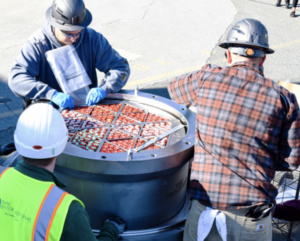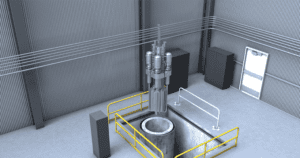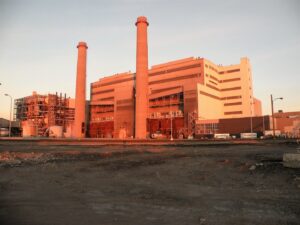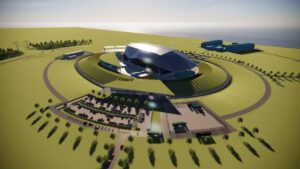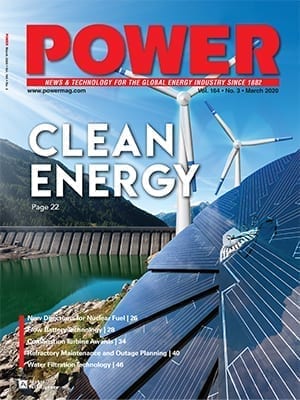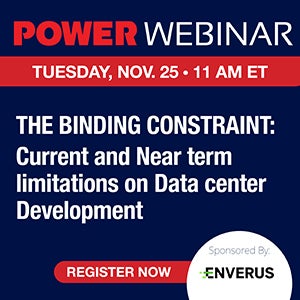

KEY TAKEAWAYS:
1) Power Infrastructure Bottlenecks
Interconnection queue backlogs, limited substation capacity, and grid congestion are now the dominant determinants of project timelines. Utilities are requiring larger deposits, stricter credit terms, and capacity ramp provisions that effectively gate new load.
2) Equipment & Supply Chain Pressures
Shortages of transformers, switchgear, chillers, and turbines remain critical, but constraints are extending further upstream into the semiconductor and electronics supply chain.
3) Grid Reliability Challenges
Grid reserve margins, congestion, and renewable intermittency limit the availability of firm, high-duty-cycle power. Interconnection interdependencies between new generation and load projects add multi-year delays. Reliability standards and contingency planning for large, continuous loads are becoming more stringent across ISOs.
4) Shifting Market Conditions
Elevated interest rates, commodity inflation, and volatility in construction and financing costs are reshaping project economics. Capital intensity is rising while access to inexpensive debt and long-term power contracts tightens.
5) Political & Social Headwinds
Local resistance, permitting moratoriums, and emissions scrutiny are expanding. Municipalities and regulators are weighing data-center power growth against broader decarbonization and community-impact goals, reshaping where and how new facilities are approved.

